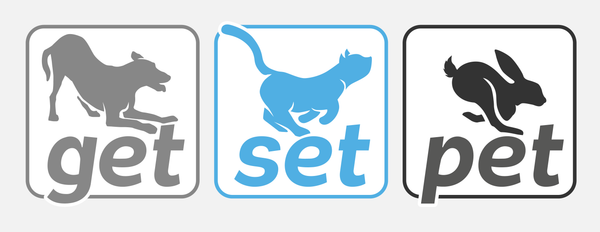With so many pet food brands out there and every single one claiming to be the best possible choice for your pet, sorting the wheat from the chaff can seem like an impossible task but with a little knowhow, you’ll soon be able to tell which foods are worth giving your attention and which are worth giving a berth.
Tip 1: Ignore almost everything
When you first pick up any pack of pet food or visit the brand’s website, you’ll be bombarded by health claims, buzzwords and slogans that will make the food sound amazing but it’s important to realise that very few of these are at all relevant.
For example, all meat used in pet food in the UK must by law be human grade so a food claiming to contain ‘only human grade meat’ is meaningless. ‘Vet approved’ may seem great but it’s not that hard to find a vet who’s willing to approve any food if the price is right. Free run chickens are just regular barn hens but with a nicer name. A food claiming to be made ‘with lamb’ need only contain 4% lamb and ‘lamb flavour’ foods need not contain any lamb at all. And, sadly, words like hypoallergenic, holistic, bio-appropriate, sensitive and even natural have very little grounding in law so can be used almost indiscriminately by manufacturers.
‘No artificial additives’
One term that is worth looking out for, though, is:
No added artificial additives / preservatives or colours
OR, EVEN BETTER, Guaranteed free from artificial additives / preservatives and colours
This is because artificial additives like these do not legally have to be declared at all by manufacturers so only with statements like those above can you have any peace of mind. Unfortunately, the first declaration still allows for additives that were added by the ingredient suppliers so the latter one is much more desirable.
Tip 2: Don’t ignore the ingredient list
Unlike the rest of the packaging, the website and the brand’s promotional materials, the ingredients list is subject to some fairly stringent laws which makes it your one true window into the nature of your dog's diet.
Ingredient list clarity
The ingredients list must be factual but the level of detail manufacturers are required to go into is really up to them. This means that a company could choose to declare each and every ingredient in the food or choose to just name the ingredient categories instead. The term ‘derivatives of vegetable origin’, for example, could refer to anything from highly nutritious broccoli and kale to bread factory floor sweepings. For this reason it is always best to look for as much clarity in the ingredients list as possible. Every ingredient should be individually named and, ideally, accompanied by a percentage. Terms like the one above and ‘meat and animal derivatives’, ‘fish and fish derivatives’, ‘cereals’, ‘oils and fats’, ‘special ingredients’ and so on should certainly be avoided.
The order of the ingredients
By law, manufacturers have to list their ingredients in descending order of their percentage so the first ingredient has the highest percentage, the second has the next highest percentage and so on. The first few ingredients therefore generally represent the bulk of the food so it’s particularly important that these ingredients are beneficial for your dog. There are a huge array of ingredients out there, many of which will be familiar to you, others may not. The All About Dog Food ingredients glossary has plenty of information about most pet food ingredients as well as which ones are worth searching for and which are best avoided.
While these two tips alone will put you in good stead when comparing pet foods, pet food manufacturers are a cunning lot and have found plenty of ways to muddy the waters for us. But don’t worry, we’ll be covering those tactics in our next blog post ‘Reading Pet Food Labels - Smoke and Mirrors’ so be sure to check it out.
If you enjoyed this article, have a look at:









